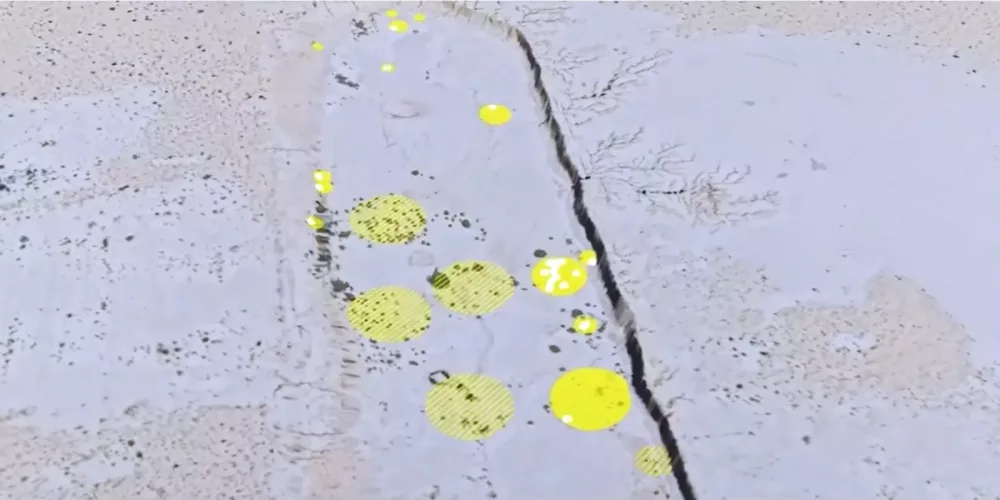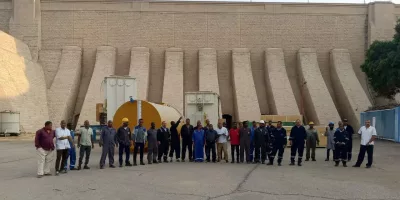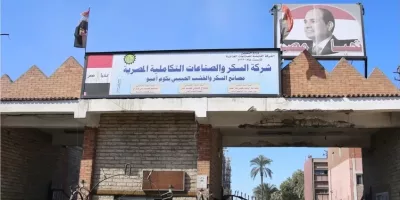New evidence reveals widespread extrajudicial executions of civilians
(23 September – Geneva) As Egypt makes a bid for election to the United Nations Human Rights Council, compelling evidence has emerged that implicates the Egyptian government and its military in the commission of war crimes and potential crimes against humanity. In a letter sent to UN member states and the UN High Commissioner for Human Rights on 22 September, Egyptian civil society organizations have called for the immediate establishment of a UN investigation into serious human rights abuses, including extrajudicial killings in Sinai, and for states to oppose Egypt’s Council candidacy.
“As Israel continues to carry out a genocide against the Palestinian people in Gaza and pursues mass killings, ethnic cleansing, and forced displacement into the Sinai, we, the indigenous people of Sinai, know all to well the human cost of forced displacement and state sponsored atrocities. More than 150,000 Bedouins have been uprooted under so-called counterterrorism campaigns by the Egyptian government, with thousands kidnapped, tortured and summarily executed. If international humanitarian law is to mean anything, UN member states and the OHCHR must ensure justice for the Palestinians, the people of the Sinai and victims of atrocities everywhere.” said Ahmed Salem, Executive Director of the Sinai Foundation for Human Rights (SFHR).
Detailed investigations by the SFHR, including evidence analyzed by Forensic Architecture, have uncovered mass graves of human remains. These graves point to large-scale extrajudicial killings of civilians and other members of the Sinai Peninsula’s indigenous population during the non-international armed conflict that took place between 2013 and 2022. Field visits, on-site footage, satellite imagery, and extensive eyewitness testimony, including from former members of tribal militias affiliated with Egyptian security forces, depict what appears to be a methodical practice of enforced disappearance and arbitrary detention followed by systematic torture and the extrajudicial execution of detainees.
The Executive Director of the Sinai Foundation will address the UN Human Rights Council (the Council) on this matter on 23 September. The letter sent by Egyptian civil society to UN member states has asked them, in light of the strong evidence to date, to establish an investigation at the Council, and to vote against Egypt’s bid for membership onto the Council. Elections for the Council will be held at the UN General Assembly in mid-October.
According to Jeremie Smith, Director of the Geneva Office of the Cairo Institute for Human Rights Studies (CIHRS), “The evidence that has been gathered thus far is damning and should automatically disqualify Egypt from becoming a voting member of the UN Human Rights Council.”
The investigations undertaken by SFHR and Forensic Architecture represent the first time mass graves of this type have been uncovered and extensively documented in Egypt. For the purposes of on-site examination, the Foundation’s team—despite operating under extremely high-risk security conditions—conducted two field visits to a mass grave site. During these visits, the team carried out systematic documentation, including the capture of a large number of high-resolution photographs, the collection of forensic evidence, and a surface inspection of human remains visible above ground. The team also undertook shallow excavations using simple hand tools, which revealed dozens of bodies under shallow layers of soil, in a pattern indicative of hasty, repeated and irregular burials.
Subsequently, Forensic Architecture analyzed field imagery using advanced photo-analysis techniques, in addition to examining both archival and recent satellite images spanning various stages of the war in North Sinai. The integration of eye-witness accounts, on-the-ground evidence and remote sensing analysis enabled the development of technically substantiated conclusions regarding the nature of activities that took place within and around the mass grave over the years, and which attest to direct military involvement.
For years, the SFHR and other NGOs, including Human Rights Watch (HRW) and Amnesty International, have documented dozens of extrajudicial killings by the Egyptian army and police against detainees, including children. Authorities continue to claim these victims were killed in “shootouts.” However, these claims have been disproven on multiple occasions. Among the most notorious documented incidents was the January 2017 killing of ten young men in Al-Arish. The Interior Ministry released a video alleging a raid on a “terrorist hideout.” HRW analysis later identified this as manipulated footage, and residents confirmed that at least six people had been previously detained and disappeared. In another case, a leaked April 2017 video showed Egyptian soldiers executing unarmed detainees and staging their bodies as casualties of an armed clash, further exposing official efforts to cover-up unlawful killings.
For more than a decade CIHRS, SFHR and other Egyptian civil society organizations have warned that the Egyptian government was engaged in “a war on the population under the guise of fighting terrorism.” The crimes that have been and continue to be uncovered in Sinai testify to the urgent need to uphold the rule of law and ensure accountability for grave violations perpetrated throughout Egypt in the name of counter-terrorism.
Signatories:
Sinai Foundation for Human Rights (SFHR)
Cairo Institute for Human Rights Studies (CIHRS)
Egyptian Commission for Rights and Freedoms (ECRF)
El Nadeem Center
Committee for Justice (CFJ)
Refugees Platform in Egypt
Egyptian Human Rights Forum
Egyptian Front for Human Rights (EFHR)
EgyptWide for Human Rights






